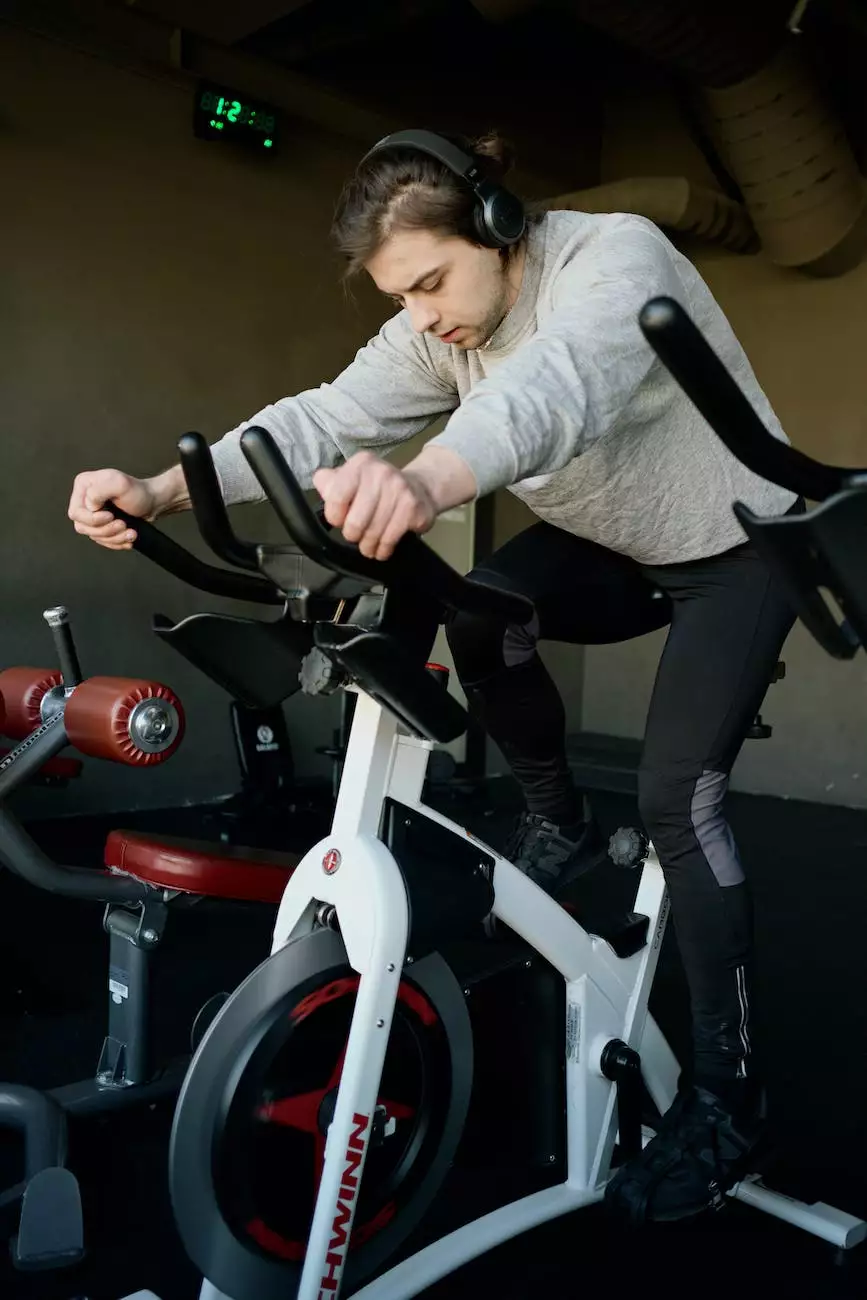How Rowing Helps Cycling Endurance, Speed, And Strength
Rowing Articles
The Benefits of Rowing for Cyclists
As a cyclist looking to enhance your endurance, speed, and strength, you may be surprised to learn that incorporating rowing into your training routine can yield tremendous results. Rowing is a total-body workout that engages multiple muscle groups, making it an ideal cross-training activity for cyclists.
Improved Cardiovascular Fitness
Rowing, similar to cycling, is an excellent way to improve cardiovascular fitness. It increases heart rate and oxygen consumption, thus strengthening the heart and improving its ability to pump blood efficiently. By incorporating rowing sessions into your training program, you can significantly improve your cycling performance by enhancing your cardiovascular endurance.
Enhanced Endurance
Rowing is a low-impact exercise that allows cyclists to engage in longer training sessions without subjecting their joints to excessive stress. Long, steady-state rowing sessions can help build the necessary endurance for extended rides. The repetitive nature of rowing, combined with its focus on a smooth and consistent stroke, helps train the body for sustained efforts, translating directly to improved cycling endurance.
Increased Power Output
The powerful leg drive required in rowing transfers well to cycling. The explosive push-off from the footboard provides an excellent workout for the glutes, quadriceps, and hamstrings — muscles that play a crucial role in pedaling power. By incorporating rowing into your training routine, you can strengthen these muscles, leading to increased power output during your cycling rides.
Improved Upper Body Strength and Core Stability
Cycling primarily focuses on the lower body, neglecting the upper body and core muscles. Rowing, on the other hand, engages the entire body, including the arms, shoulders, back, and core. Regular rowing workouts help develop upper body strength and improve core stability, which are essential for maintaining proper cycling form, especially during intense sprints or climbs.
Enhanced Recovery and Injury Prevention
Rowing is a low-impact exercise that allows cyclists to give their joints and muscles a break from the repetitive stresses of cycling. By incorporating rowing into your training routine, you can reduce the risk of overuse injuries, as it helps to balance out the muscular imbalances caused by cycling. Additionally, rowing promotes active recovery by increasing blood flow to the muscles, aiding in their repair and reducing overall recovery time.
Improved Mental Toughness
Rowing requires mental focus and discipline, much like cycling. By engaging in rowing workouts, you can develop a strong mental fortitude, which is essential for pushing through challenging moments during your cycling rides. The mental resilience gained from rowing can significantly contribute to your overall cycling performance.
Conclusion
Incorporating rowing into your training routine can be a game-changer for cyclists looking to improve their endurance, speed, and strength. The combination of cardiovascular benefits, improved upper body strength, enhanced power output, and reduced risk of injury make rowing an invaluable cross-training activity. Take the opportunity to diversify your training and experience the numerous advantages rowing can bring to your cycling performance.




